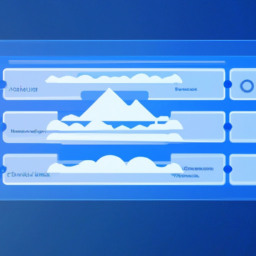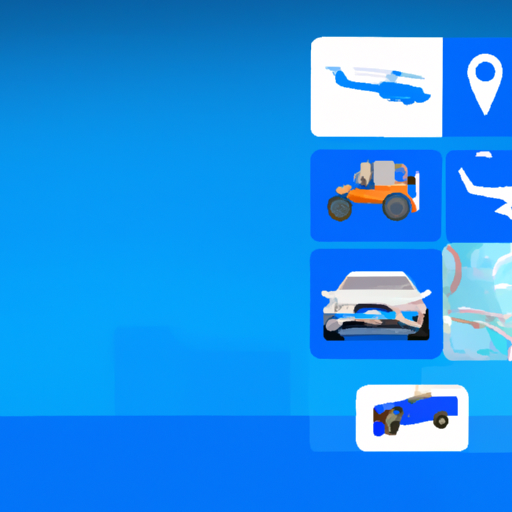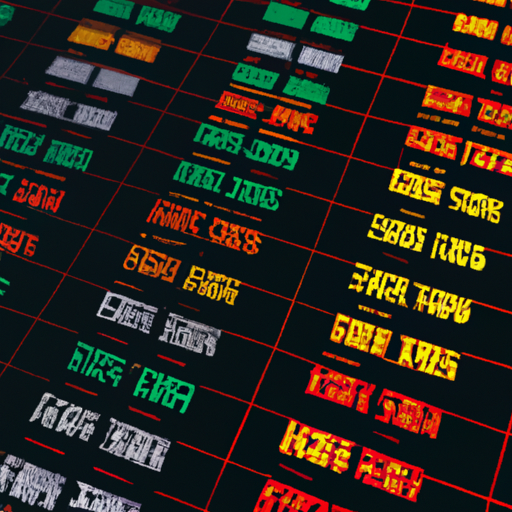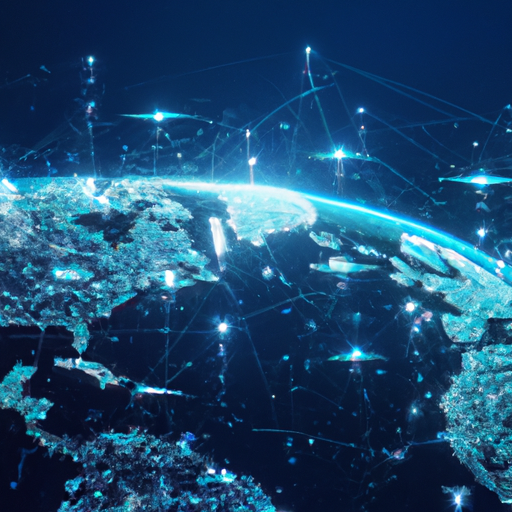“From Web2 to Web3: Pioneering the Next Generation of Internet Innovation”
From Web2 to Web3: The Evolution of the Internet Landscape: A Comprehensive Overview

The internet, as we know it, has undergone significant transformations since its inception. From the static pages of Web1 to the interactive platforms of Web2, the digital landscape has evolved dramatically. Now, we stand on the brink of another revolution: the transition from Web2 to Web3. This shift promises to redefine our online experiences, making them more decentralized, secure, and user-centric.
Web2, the current version of the internet, is characterized by user-generated content and the proliferation of social media platforms. It has enabled unprecedented levels of interaction and collaboration, transforming the way we communicate, work, and entertain ourselves. However, it is not without its flaws. Centralization is a significant issue in Web2, with a handful of tech giants controlling vast amounts of data and digital resources. This centralization has raised concerns about privacy, data ownership, and the equitable distribution of online benefits.
Web3, the next iteration of the internet, aims to address these issues. It envisions a decentralized internet where users have control over their data and digital assets. In this new paradigm, the internet is not just a platform for interaction but a marketplace for peer-to-peer transactions. Web3 leverages blockchain technology and cryptographic principles to enable this decentralization. It allows for the creation of decentralized applications (DApps) that operate on a network of computers rather than a single server.
The transition from Web2 to Web3 is not just a technological shift but a philosophical one. It represents a move towards a more democratic and equitable digital landscape. In Web3, users are not just consumers of content but active participants in the digital economy. They can own and trade digital assets, participate in decision-making processes, and benefit directly from their online activities.
However, the transition to Web3 is not without its challenges. The technical complexities of blockchain and other Web3 technologies can be a barrier to adoption. Moreover, the regulatory landscape for these technologies is still evolving, creating uncertainties for businesses and users alike. Despite these challenges, the potential benefits of Web3 make it a compelling proposition.
Web3 promises to enhance online privacy and security by giving users control over their data. It can also foster innovation by enabling the development of new business models and applications. Moreover, by decentralizing the internet, Web3 can help to democratize access to digital resources and reduce the power of tech giants.
In conclusion, the transition from Web2 to Web3 represents a significant evolution in the internet landscape. It promises to transform our online experiences, making them more decentralized, secure, and user-centric. However, realizing this vision will require overcoming technical and regulatory challenges. As we stand on the brink of this new digital era, it is crucial to understand and navigate these challenges to harness the full potential of Web3. The future of the internet is not just about technology, but about creating a digital landscape that is equitable, inclusive, and empowering for all.



